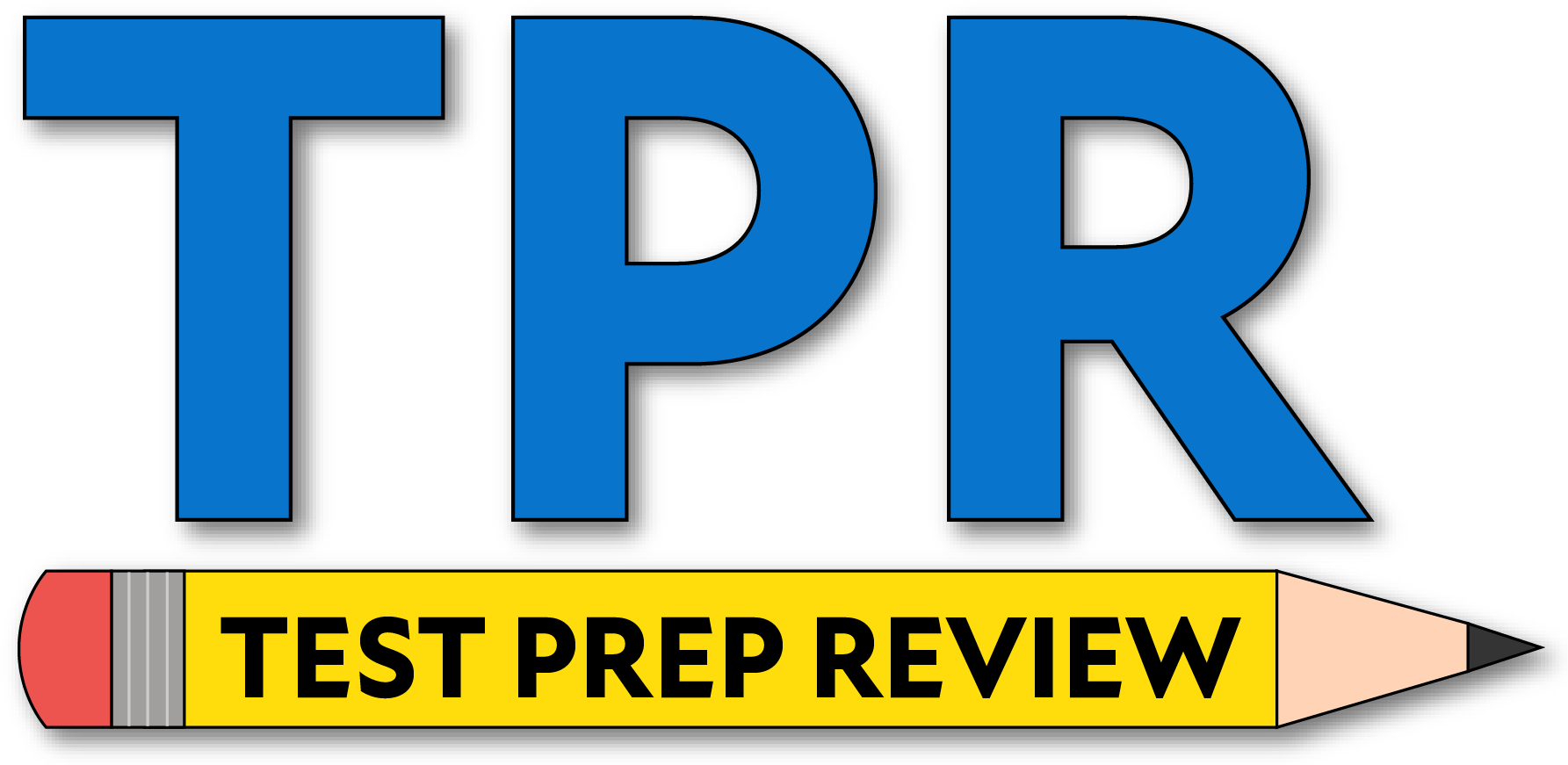- Which of the following is the antidote for benzodiazepine toxicity?
- Flumazenil
- Methylene blue
- Deferoxamine
- Alkalinize urine
Flumazenil is a competitive GABA receptor antagonist that reverses benzodiazepine sedation or overdose.
- Which of the following is the antidote for lead poisoning?
- Naloxone
- Nitrite
- Calcium EDTA (CaEDTA)
- Dialysis
Calcium EDTA chelates lead, forming a complex excreted in urine; dimercaprol and succimer may also be used.
- What is the primary site of activity for the anticoagulant warfarin?
- Kidney
- Liver
- Blood
- Heart
Warfarin inhibits vitamin K epoxide reductase in the liver, reducing synthesis of clotting factors II, VII, IX, and X.
- Lansoprazole is not used for which of the following conditions?
- Gastritis
- Peptic ulcers
- Zollinger–Ellison syndrome
- Thalamus hypertrophy
Lansoprazole, a proton pump inhibitor, treats acid-related disorders but has no neurological use.
- Which drug is associated with the adverse reaction known as cinchonism?
- Valproic acid
- Quinidine
- Isoniazid
- Ethosuximide
Cinchonism (tinnitus, headache, dizziness, and blurred vision) occurs with quinidine and quinine toxicity.
- Which drug is commonly associated with the adverse effect of hepatitis?
- Valproic acid
- Quinidine
- Isoniazid
- Ethosuximide
Isoniazid can cause hepatotoxicity, especially in slow acetylators or patients consuming alcohol.
- Which drug is associated with Stevens–Johnson syndrome?
- Valproic acid
- Quinidine
- Isoniazid
- Ethosuximide
Ethosuximide and certain sulfa drugs are known triggers of Stevens–Johnson syndrome, a severe skin reaction.
- Which drug class is associated with tendon dysfunction and rupture?
- Digitalis
- Niacin
- Tetracyclines
- Fluoroquinolones
Fluoroquinolones may cause tendonitis or Achilles tendon rupture, especially in older adults or corticosteroid users.
- A drug ending in the suffix -pril is considered a(n):
- Histamine antagonist
- ACE inhibitor
- Antifungal
- Beta agonist
ACE inhibitors (like lisinopril and enalapril) block angiotensin-converting enzyme to lower blood pressure.
- A drug ending in the suffix -azole is considered a(n):
- Histamine antagonist
- ACE inhibitor
- Antifungal
- Beta agonist
-azole drugs (e.g., fluconazole, ketoconazole) inhibit ergosterol synthesis in fungal cell membranes.
- A drug ending in the suffix -tidine is considered a(n):
- Antidepressant
- Protease inhibitor
- Beta antagonist
- H2 receptor antagonist
-tidine drugs (e.g., ranitidine, famotidine) block H₂ receptors, decreasing stomach acid secretion.
- A drug ending in the suffix -navir is considered a(n):
- Antidepressant
- Protease inhibitor
- Beta antagonist
- H2 receptor antagonist
-navir drugs (e.g., ritonavir, indinavir) are HIV protease inhibitors that block viral protein maturation.
- Which drug is associated with extreme photosensitivity?
- Digitalis
- Niacin
- Tetracycline
- Fluoroquinolones
Tetracyclines cause severe sun sensitivity; patients should avoid direct sunlight and tanning beds.
- Which of the following is NOT associated with prednisone toxicity?
- Cataracts
- Hypotension
- Psychosis
- Acne
Prednisone typically causes hypertension, not hypotension, along with weight gain, acne, and mood changes.
- Which of the following is NOT related to atenolol toxicity?
- Congestive heart failure (CHF)
- Tachycardia
- AV block
- Sedation/fatigue
Atenolol, a beta blocker, slows heart rate—bradycardia, not tachycardia, is typical.
- Which of the following is a Class IA sodium channel blocker?
- Mexiletine
- Amiodarone
- Quinidine
- Procainamide
Class IA antiarrhythmics (quinidine, procainamide, disopyramide) moderately block Na⁺ channels and prolong repolarization.
- Which of the following is also classified as a Class IA sodium channel blocker?
- Propafenone
- Disopyramide
- Amiodarone
- Quinidine
Disopyramide is a Class IA sodium channel blocker, sharing properties with quinidine and procainamide.
- Potassium-sparing diuretics primarily act on which part of the nephron?
- Proximal convoluted tubule
- Loop of Henle
- Collecting duct
- Distal convoluted tubule
Amiloride, triamterene, spironolactone, and eplerenone act on the collecting duct to inhibit Na⁺ reabsorption and prevent K⁺ loss.
- Which of the following is NOT a common adverse effect of nitroglycerin?
- Headache
- Tachycardia
- Dizziness
- Projectile vomiting
Nitroglycerin causes headache, flushing, hypotension, and reflex tachycardia—but not projectile vomiting.
- Which of the following is NOT associated with ibuprofen toxicity?
- Nausea
- Renal dysfunction
- Anemia
- Muscle wasting
Ibuprofen toxicity can cause GI upset, kidney injury, and rarely anemia due to GI bleeding. It does not cause muscle wasting; that is associated with prolonged steroid use or systemic disease.
